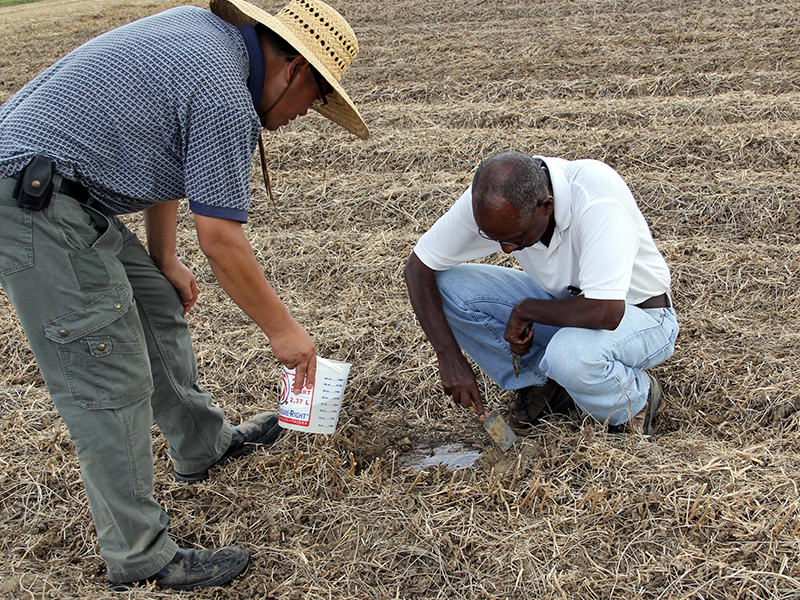Agronomy

Each year, American farmers raise billions of chickens, more than enough for a “chicken for every pot,” as Herbert Hoover’s campaign once promised.

For the past 25 years, many farmers across Nebraska have relied on the chemical glyphosate for weed control to have a successful crop harvest. 

Renewable energy demand and consumption is at an all-time high in the United States.
Shrub willow – a quick-growing woody crop – can be an excellent source of renewable bioenergy. The crop is harvested and turned into wood chips, which can be used for heat, mulch, animal bedding, biochar, and biofuel.

In the dry air and soil of Texas’ Southern High Plains, improving soil health can be tough. We usually think of healthy soil as moist and loose with lots of organic matter. But this can be hard to achieve in this arid area of Texas.


Agriculture accounts for more than a third of water use in the United States. In drier parts of the country, like the southwestern U.S., that fraction can be much higher. For example, more than 75% of New Mexico’s water use is for agriculture.


Drought stress has been a major roadblock in crop success, and this obstacle will not disappear anytime soon. Luckily, a dynamic duo like Batman and Robin, certain root-associated microbes and the plants they inhabit, are here to help.


Seeing trees living alongside other vegetation is normal in nature but not something often seen in farming. However, some researchers see benefits in planting crops in between rows of trees in a practice called “alley cropping.”
The more mature, stable trees can have many benefits for the landscape. They can help fight climate change and the effects of extreme weather, as well as provide protection against processes like erosion.

Farmers can use a variety of practices to keep their soils healthy. Some of these practices include not tilling the land, planting cover crops between growing seasons and rotating the type of crop grown on each field.

The old adage “variety is the spice of life” can also be true on the farm. Planting the same crop over and over, year after year, can quickly deplete the soil of valuable nutrients. The crops eventually won’t produce as much, and the farmer will lose profits.


